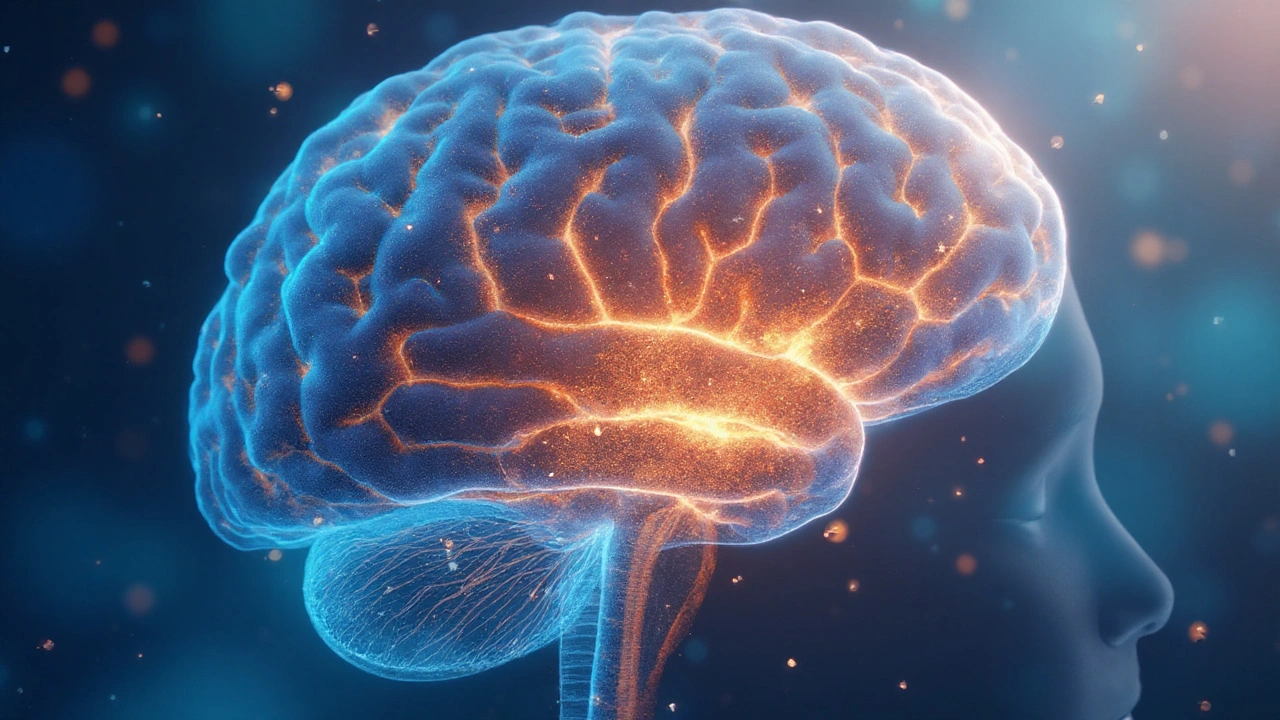NAD+ Boost: Why It Matters and How to Raise It
Ever wonder why you feel sluggish after a long night or why recovery slows with age? A big part of that comes down to NAD+, a tiny molecule that fuels almost every energy‑producing process in your cells. When NAD+ drops, you notice fatigue, slower metabolism, and weaker DNA repair. The good news? You can lift those levels without a lab coat.
How NAD+ Works in Your Body
NAD+ (nicotinamide adenine dinucleotide) shuttles electrons in the mitochondria, the power plants of your cells. Think of it as a courier that delivers the energy packets your body needs to move, think, and heal. It also activates sirtuins, proteins that clean up damaged DNA and keep inflammation in check. As you age, your body uses up NAD+ faster than it makes it, creating a gap that shows up as tiredness, weight gain, or slower wound healing.
Practical Ways to Boost NAD+ Levels
1. Take the right precursor. Supplements like nicotinamide riboside (NR) and nicotinamide mononucleotide (NMN) are the most studied ways to feed the NAD+ factory. A typical dose is 250‑500 mg of NR or 250‑300 mg of NMN taken in the morning. Most users report a subtle lift in energy after a week.
2. Eat NAD‑friendly foods. Foods rich in tryptophan (turkey, eggs, dairy) and niacin (chicken, tuna, peanuts) give your body the raw material to build NAD+. Adding a handful of walnuts or a cup of mushrooms to your meals can make a difference.
3. Exercise smart. High‑intensity interval training (HIIT) and resistance workouts spike NAD+ production by activating the enzyme NAMPT. Even a 20‑minute sprint session three times a week can lift your levels.
4. Limit calorie overload. Excess calories, especially from sugar, flood your cells with waste that burns NAD+ faster. A modest caloric reduction or occasional fasting (12‑16 hours) gives your NAD+ system a break and helps it rebuild.
5. Get enough sleep. During deep sleep, the body ramps up NAD+ synthesis to repair DNA. Aim for 7‑9 hours of uninterrupted sleep and keep screens out of the bedroom.
6. Avoid heavy alcohol. Alcohol depletes NAD+ by demanding more of it for processing. Cutting back not only protects your liver but also saves NAD+ for energy production.
7. Consider intermittent heat. Saunas or hot baths boost circulation and can trigger NAD+‑producing pathways. A 15‑minute sauna session a few times a week is a simple, relaxing habit.
Putting these steps together creates a layered approach: supplement for a quick boost, diet and exercise for steady supply, and lifestyle tweaks to keep the system humming. Most people notice clearer thinking and steadier stamina within a month, but the biggest payoff shows up over years as cellular repair stays ahead of damage.
Remember, NAD+ isn’t a magic cure‑all, but it’s a core player in the body’s energy and repair crew. By feeding it the right nutrients, moving your body, and giving it downtime, you give yourself a solid edge against fatigue and age‑related decline. Start with one or two changes this week—maybe a morning NR dose and a short HIIT session—and watch how your energy responds. Your cells will thank you.

- Sep, 1 2025
- Comments 8